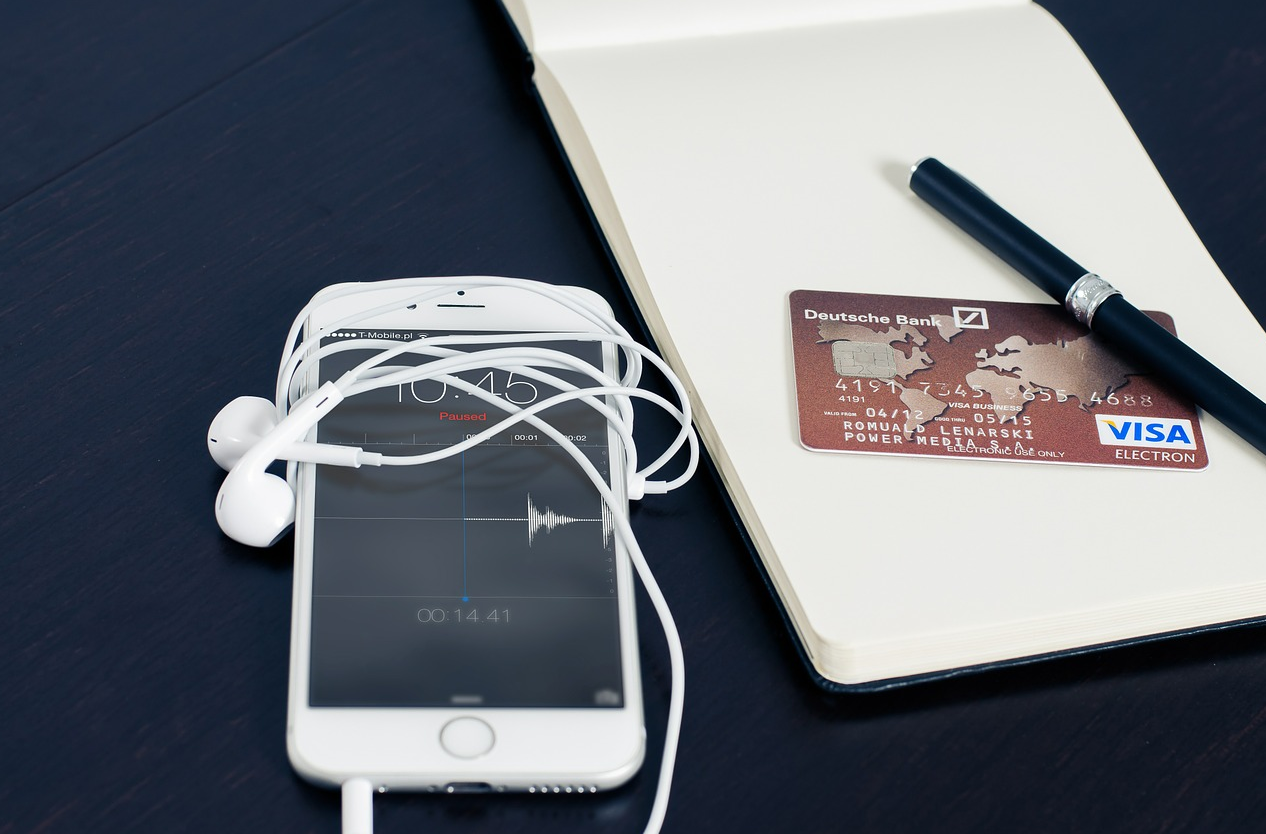Health-care costs, not new iPhones, are the reason you’re broke
Republican Rep. Jason Chaffetz provoked an outcry after saying that, under the GOP’s proposed health-care plan, poorer Americans could somehow afford insurance by choosing to forgo new iPhones.
“Americans have choices. And they’ve got to make a choice. So maybe, rather than getting that new iPhone that they just love and they want to go spend hundreds of dollars on, maybe they should invest that in health care,” Chaffetz said Tuesday. “They’ve got to make those decisions themselves.”
Republican Rep. Jason Chaffetz provoked an outcry after saying that, under the GOP’s proposed health-care plan, poorer Americans could somehow afford insurance by choosing to forgo new iPhones.
“Americans have choices. And they’ve got to make a choice. So maybe, rather than getting that new iPhone that they just love and they want to go spend hundreds of dollars on, maybe they should invest that in health care,” Chaffetz said Tuesday. “They’ve got to make those decisions themselves.”
His comment came off to many like a high-tech twist on what self-made millionaire David Bach calls “The Latte Factor,” the notion that many people are broke because they spend too much on trivialities like coffee.
Other experts, however, point out that the real reason so many Americans are financially insecure isn’t because companies like Starbucks and Apple seduce them into spending more than they should on small luxuries. Rather it’s because wages are stagnant, and the cost of necessities such as rent, student loans and, of course, health care are increasing.
Twitter users were quick to explain that the kind of Americans who qualify for the Medicaid expansion are not the ones dreaming about the iPhone 7. And while smartphones may cost a lot, medical care in America is expensive on a whole different scale.
It is true that Americans, especially young ones, spend a lot of money on their smartphones, perhaps even more than many of them can comfortably afford.
The average millennial has less than $1,000 in a savings account. Even 33 percent of older millennials, ages 25-34, have nothing saved at all. Yet, between the hardware and the monthly plan, smartphones can cost users about $1,000 a year, and 85 percent of millennials have one. Nielson reports that “these young consumers are the largest segment of smartphone owners.”
The costs associated with your smartphone may indeed be part of the reason you aren’t able to save much for the future. They’re still insignificant in comparison to the costs associated with health care.
By 2016, annual average health-care costs had spiked to over $10,000 per person and $25,000 for families of four. That’s about half the median household income in 2016 ($56,000). And that’s for people fortunate enough to have coverage.
Compared to that, as Twitter users were also quick to point out, a phone really is about as big a deal as an occasional latte.
While young people could indeed figure out ways to be smarter about their smartphones — by switching to cheaper monthly plans and upgrading to new models less often, for example — the onus is still on Congress to help all Americans figure out how to afford health care without going bankrupt. Otherwise, even if millennials can figure out how to save for retirement, many of them won’t live long enough to enjoy it.

